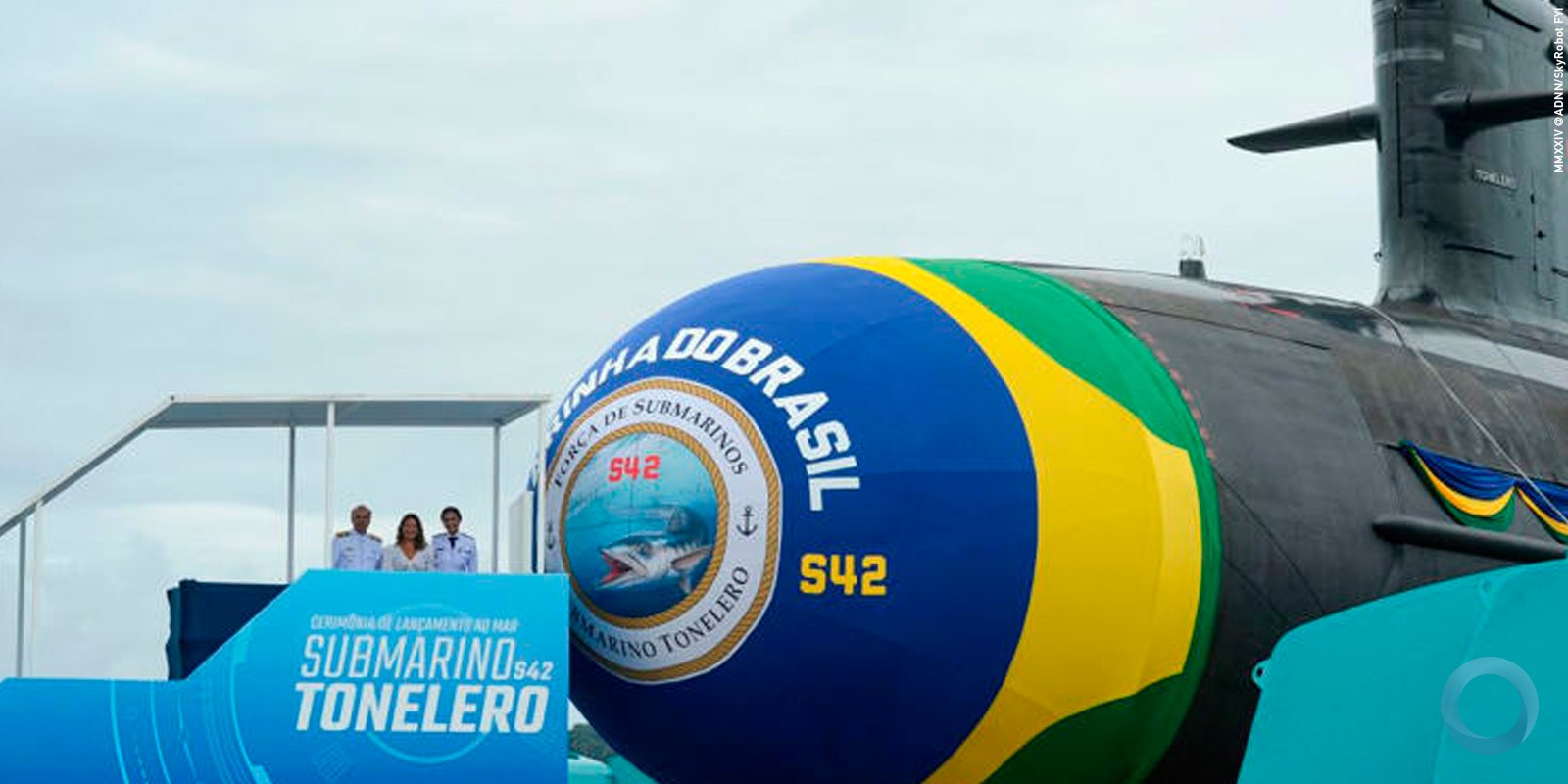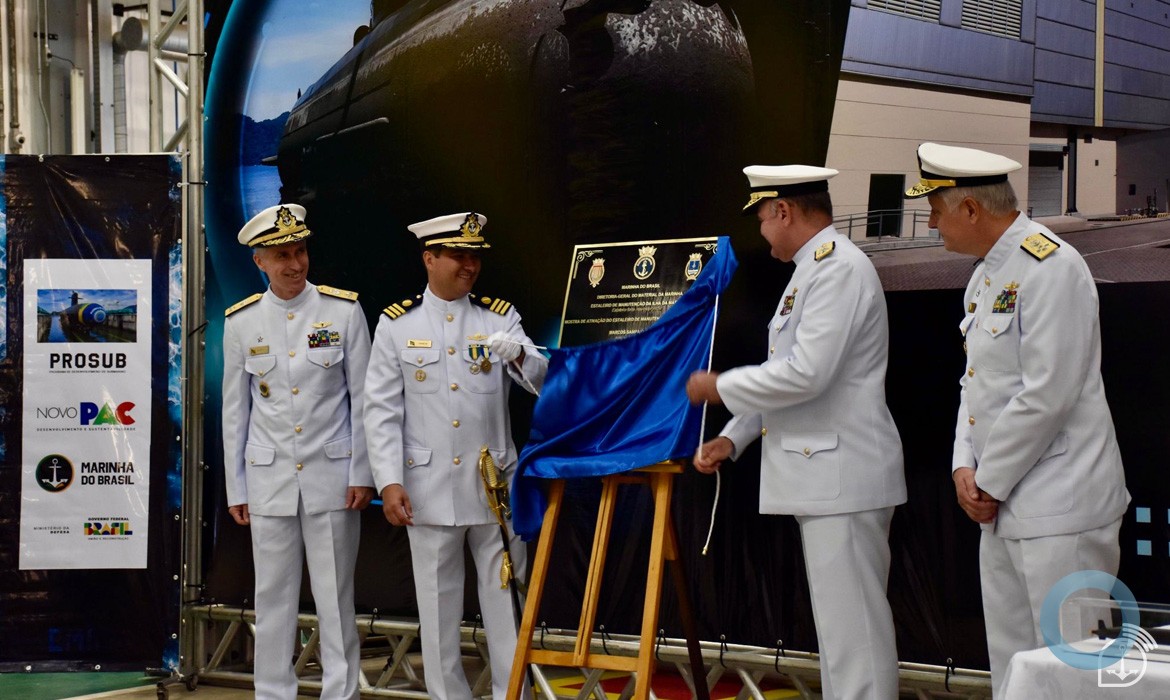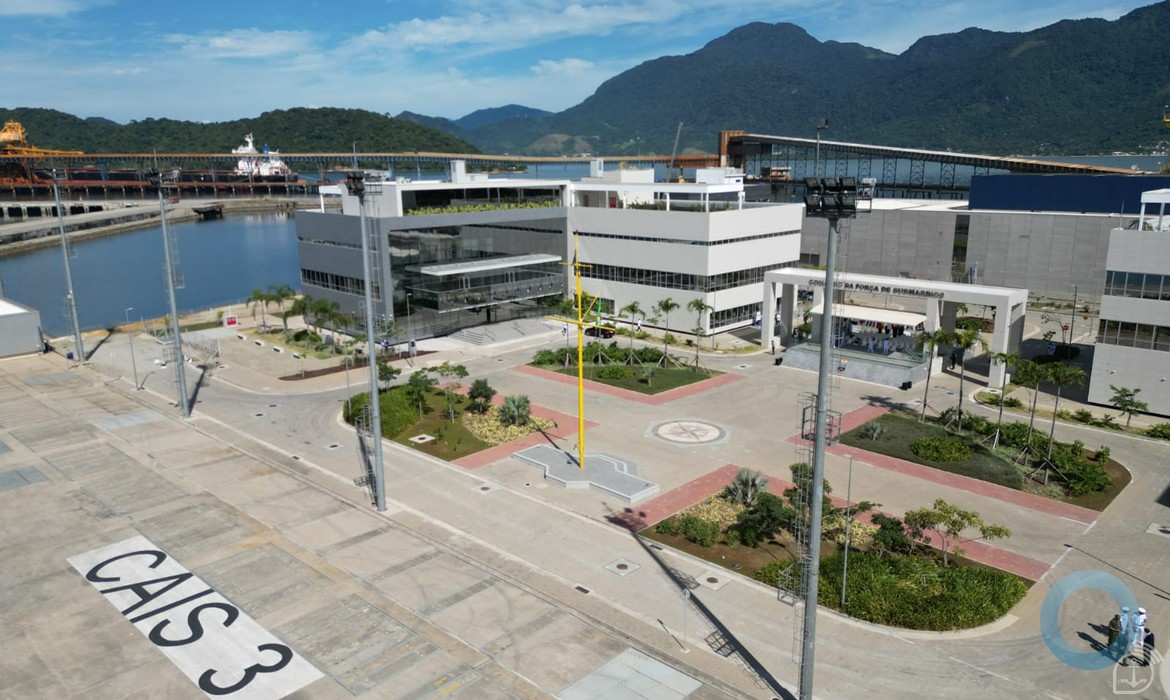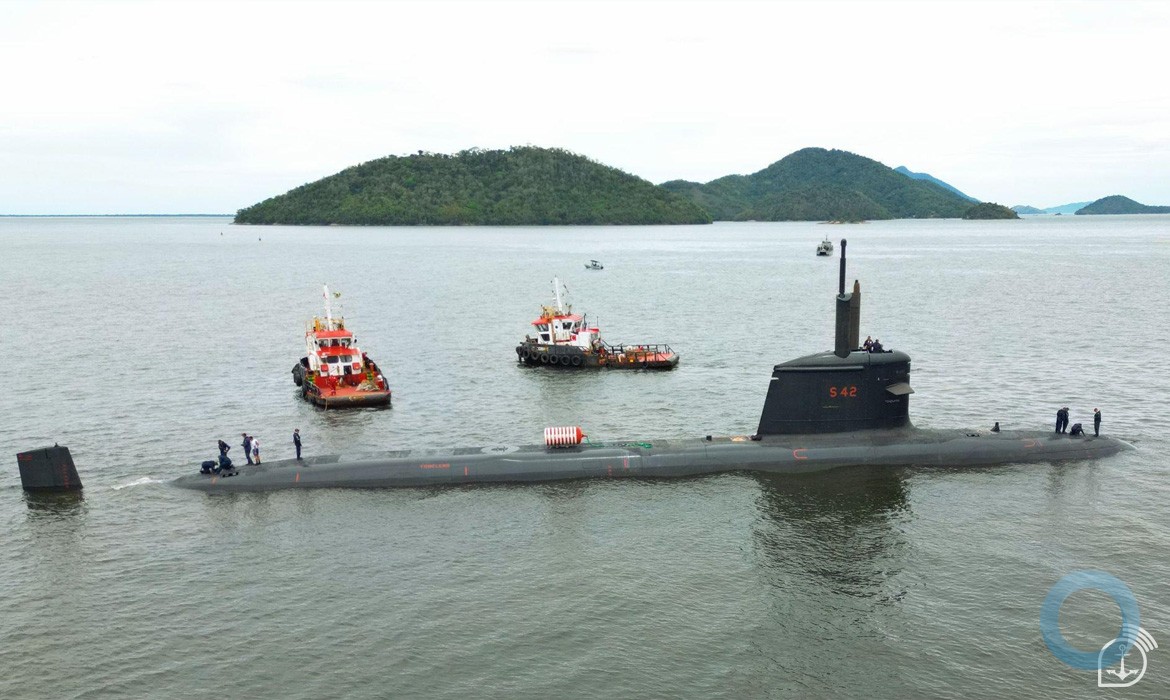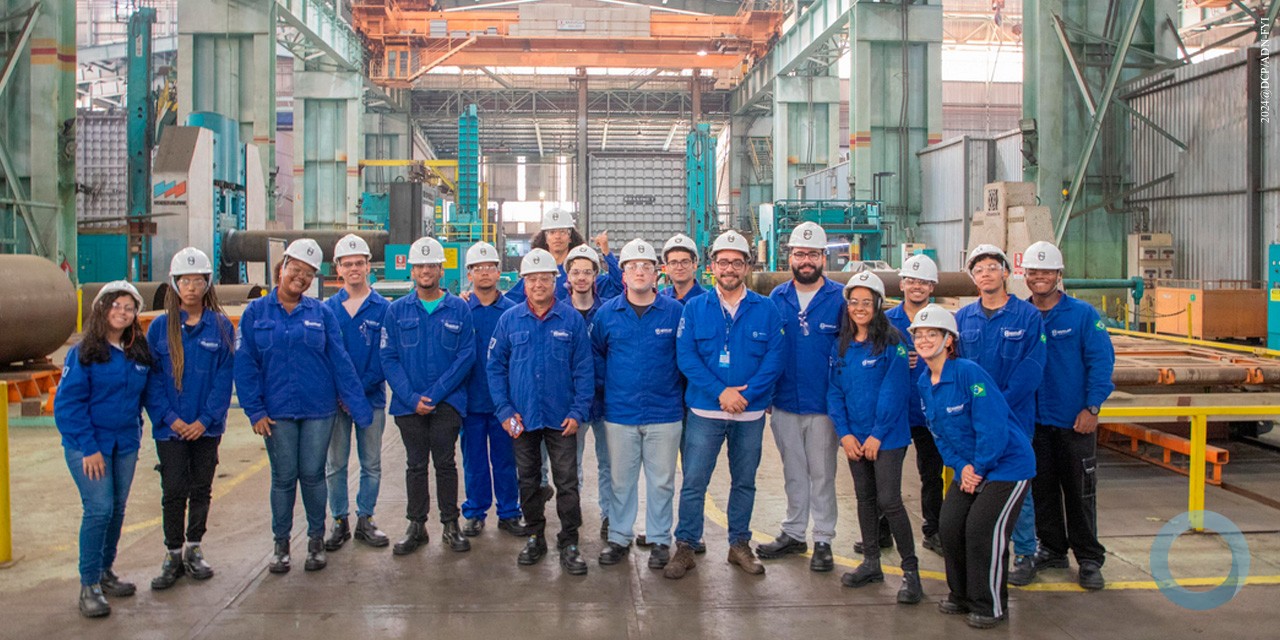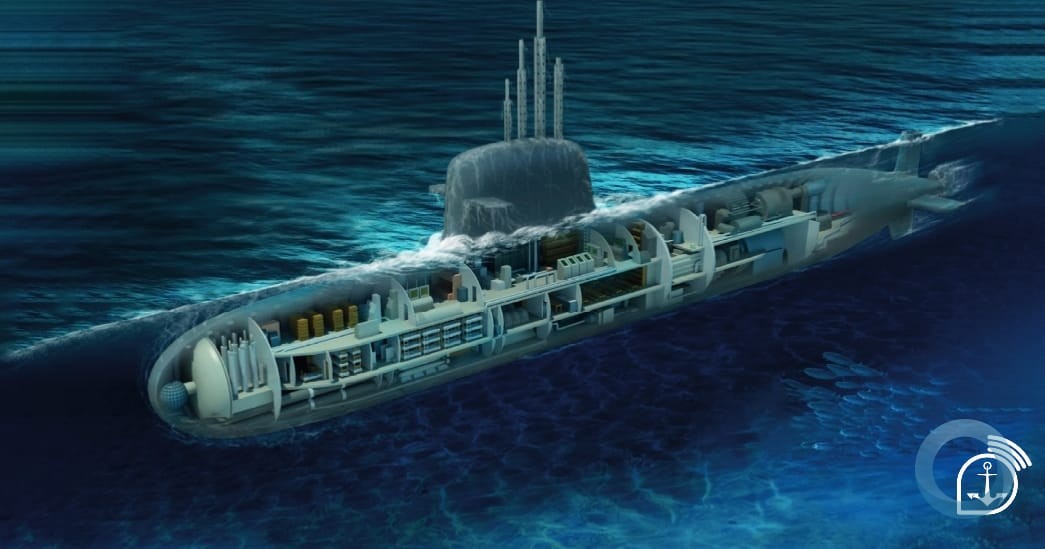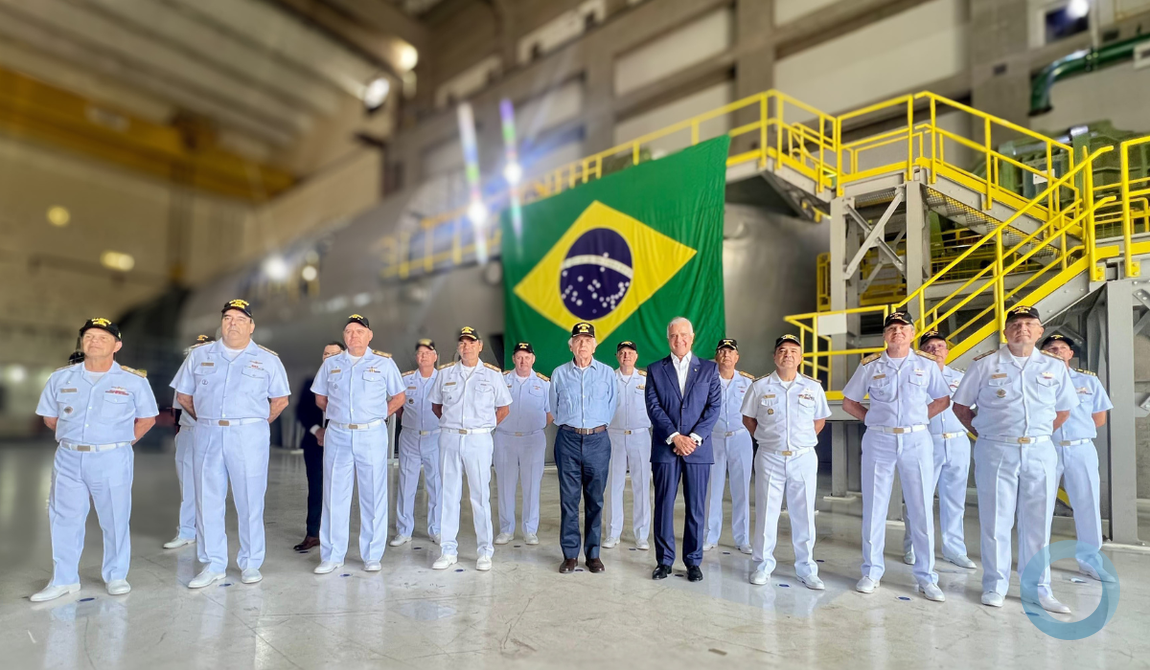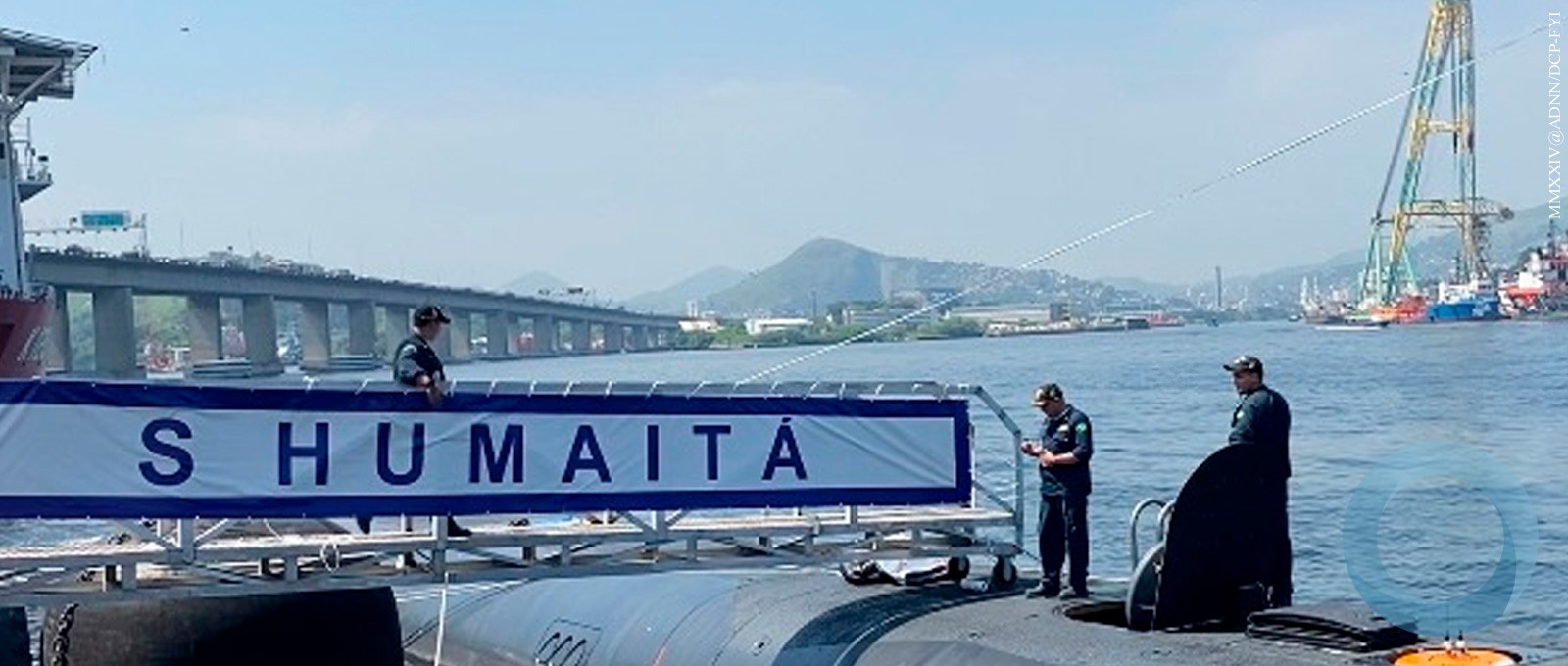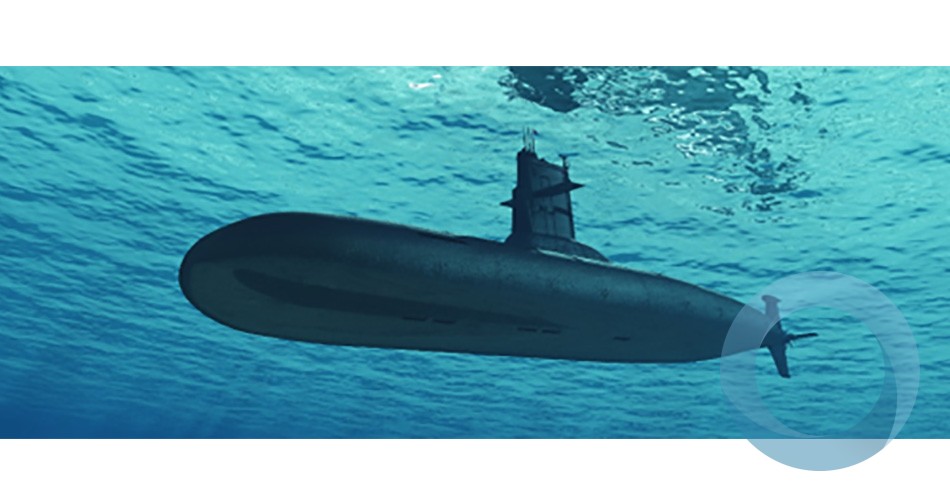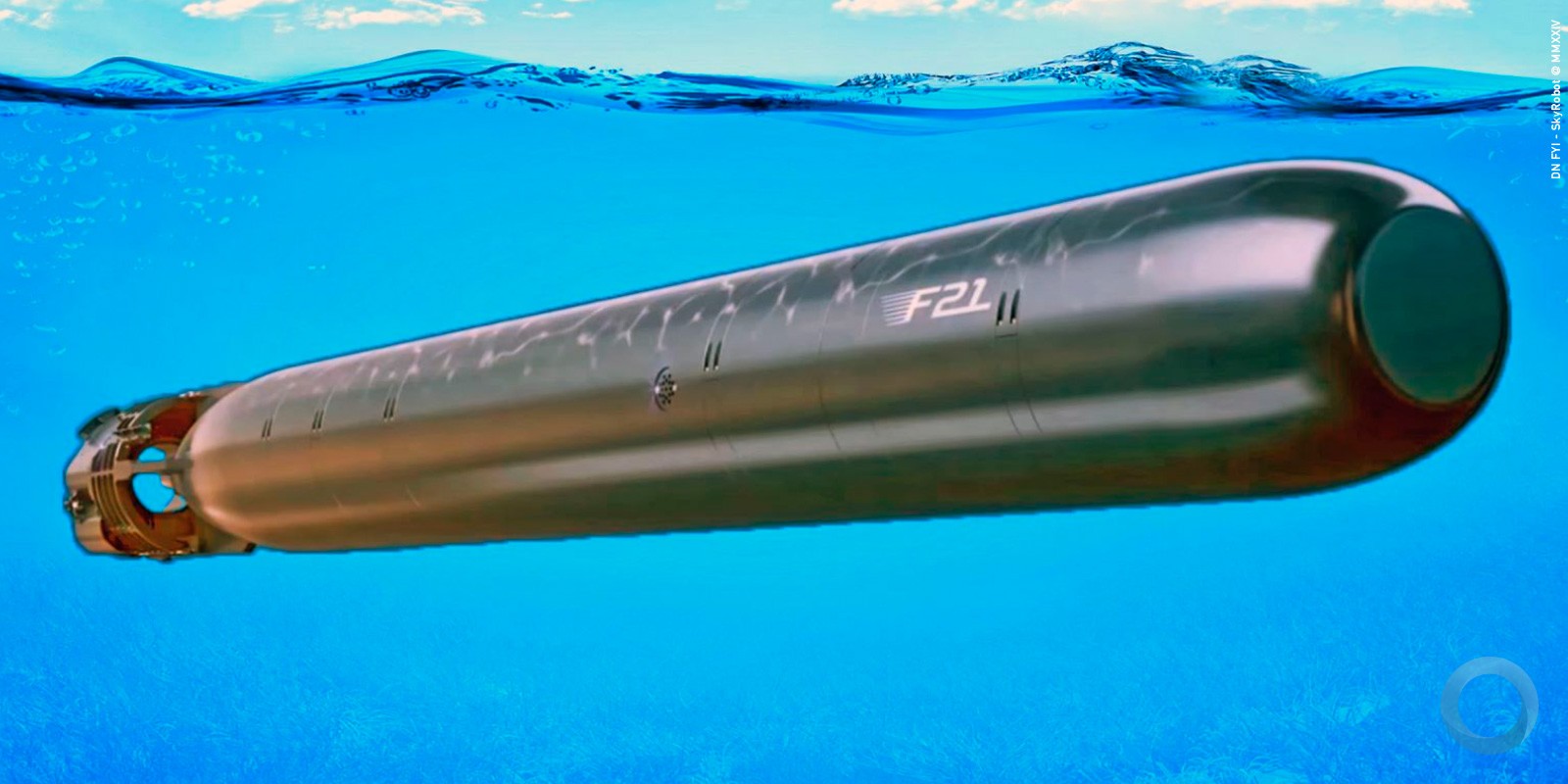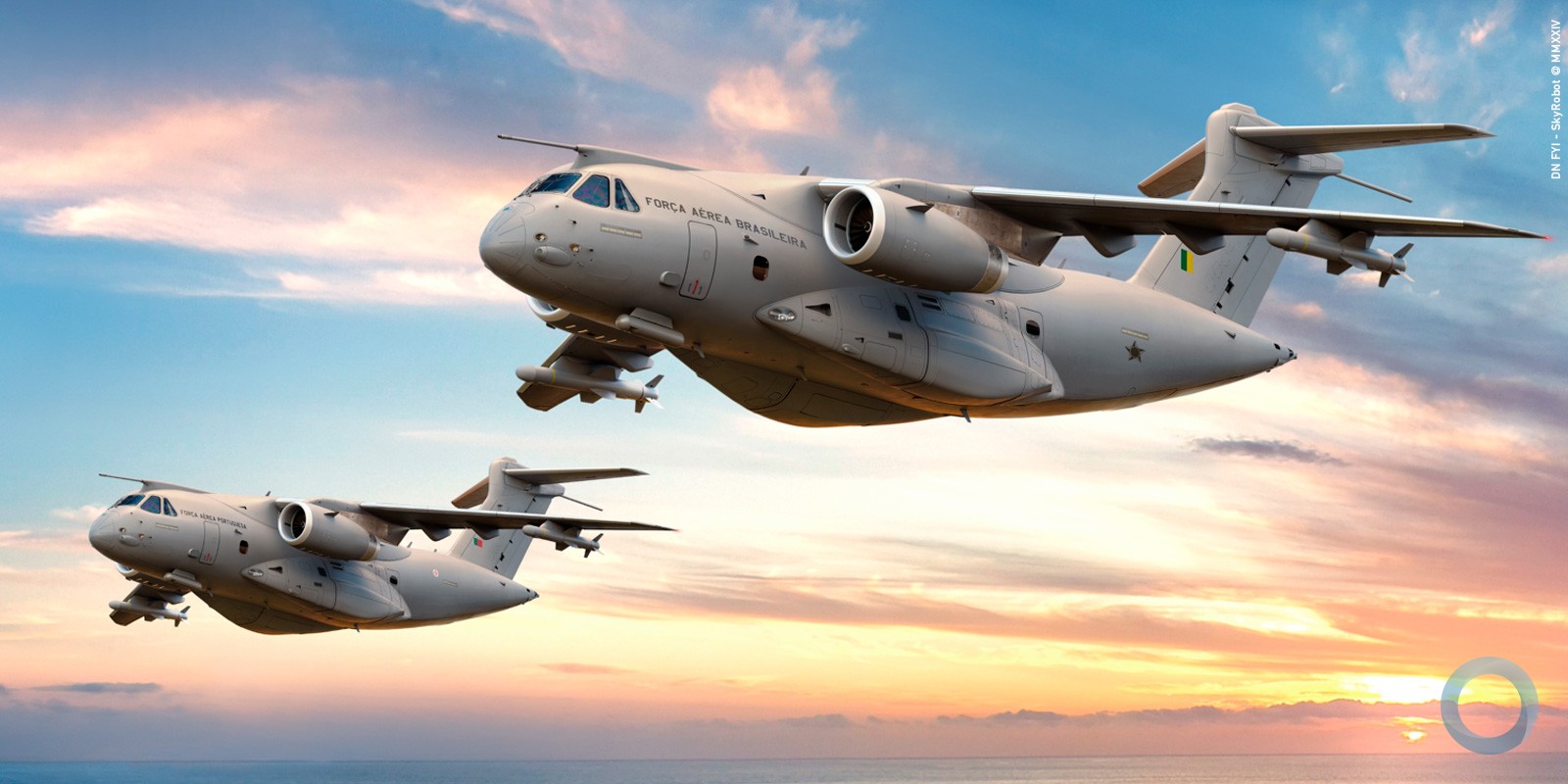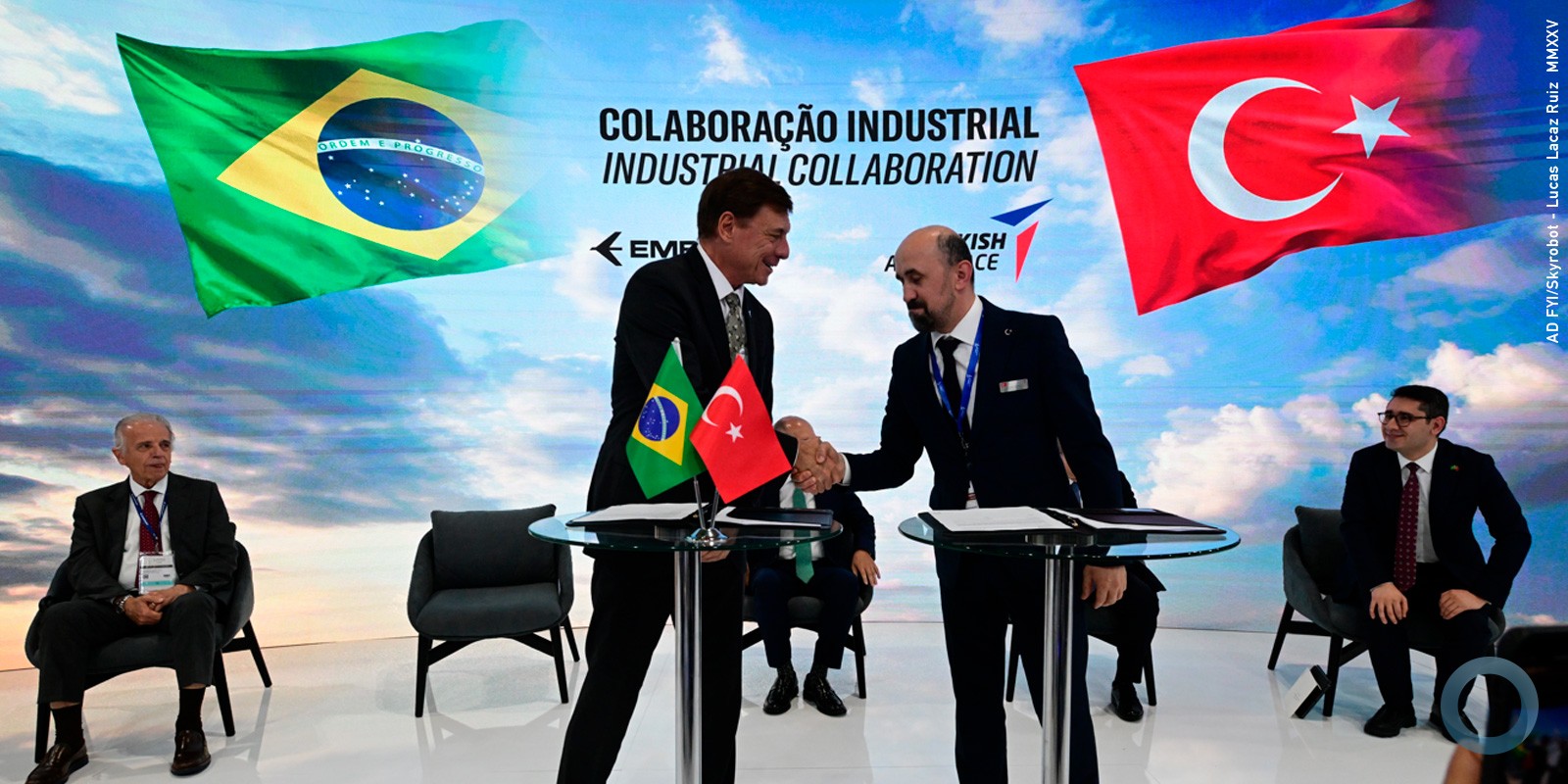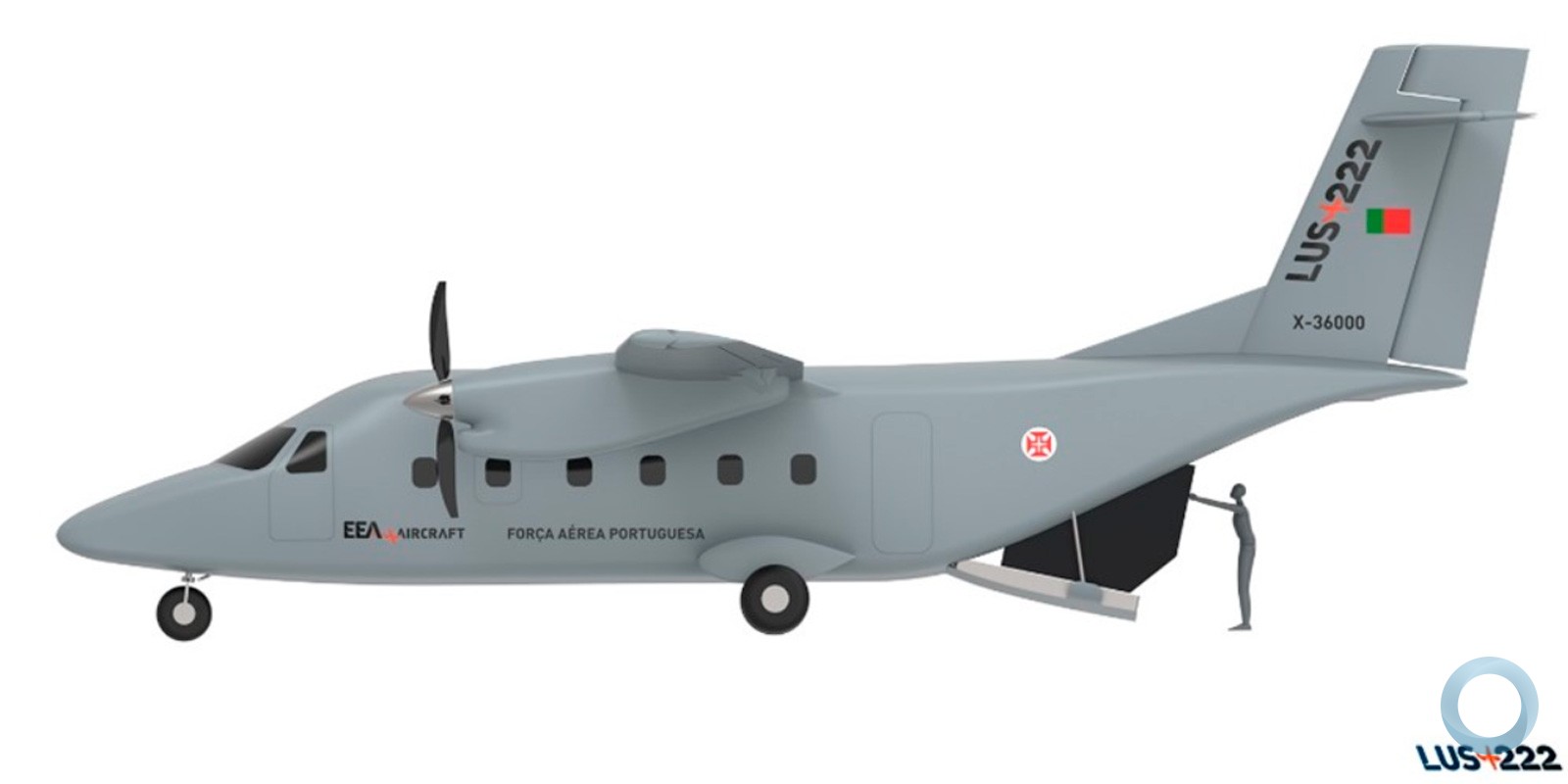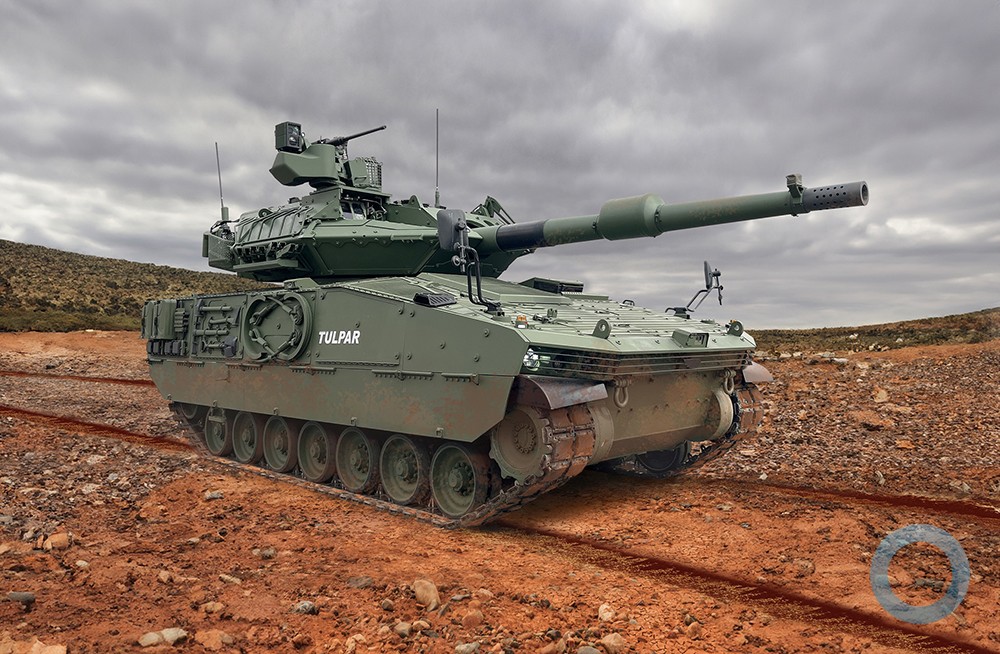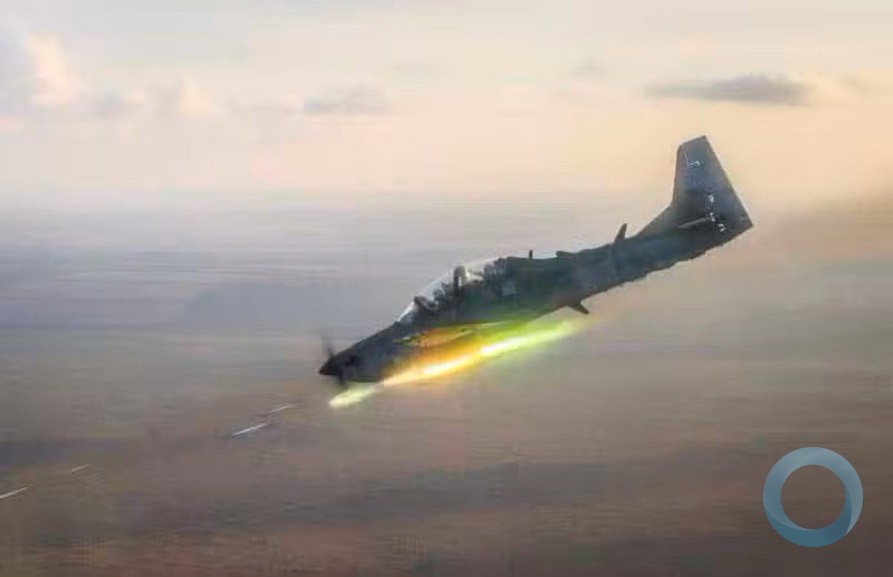Note DefesaNet
For interview in Portuguese
IMPORTANTE – Íntegra Entrevista Coletiva Alm Moura Neto em Itaguaí Link
Editor
On December 12th, 2014, during the opening ceremony of the main Submarine Production Facility at the Itaguaí Complex in Rio de Janeiro State, Fleet-Admiral Julio Soares de Moura Neto, commander of the Brazilian Navy, spoke to journalists on a press conference.
Other Navy officers also took part in the interview, including:
Fleet Admiral Gusmão, Chief of Material;
Fleet Admiral Gilberto Max Roffé Hirschfeld, Main Director of the Nuclear Submarine Development Program, and
Admiral Ferreira Marques, from the Navy’s Technology Center in São Paulo.
What are your thoughts on the National Truth Committee (Comissao Naciona da Verdade?)
Fleet Admiral Moura Neto– Today we had our first meeting with President Dilma Rousseff since the National Truth Committee released its report. We did not mention this subject. We talked exclusively about the new facility we’re opening today.
Odebrecht, the company responsible for this facility, is currently under investigation by the Federal Police due to corruption charges. This could affect the schedule for other joint projects with the Navy. Where does de Brazilian Navy stand regarding this issue?
FADM Moura Neto – We will wait for the aftermath of the investigations.
The nuclear submarine (SN-BR) development is running within schedule?
FADM Moura Neto – The SN-BR’s deadline is 2023. By then, the first sea trials will be performed, and the submarine should be operational by 2025.
Also, by 2017 the first of four conventional submarines (S-BR) should be completed, and it will be commissioned in 2018. All these projects are running as planned and we are managing to follow our schedules.
Do you have any remarks regarding the report issued by the National Truth Committee?
FADM Moura Neto – This report has been delivered to the President, and the Military are currently expecting her next words and actions about the document. I still have to study the report myself. It was issued on December 10th, and on the 11th we were preparing for today’s ceremony. We still have appointments to attend today, and after that, we will proceed according to whatever the Government determines.
The Committee did its work and we haven’t had the opportunity to analyze it yet.
How do you see the Submarine Development Program's (PROSUB) financial future?
FADM Moura Neto – I see it in a very optimistic perspective, especially after the President herself stated she fully supports the PROSUB. And I’m sure we’ll have no difficulty conducting this program, which is the most important initiative in today’s Navy. It seems to me that we’ll have full presidential support to move forward with the PROSUB.
We have already seen the submarine’s physical structure. How about the development of combat and mission systems?
FADM Moura Neto – For the diesel-electric units, these systems are also part of the technology transfer agreement we have with the French. Regarding the nuclear submarine, we are developing the combat system ourselves; it’ll be completely Brazilian-made. (See article MECTRON : Desenvolverá sistema de Gerenciamento do Submarino Nuclear Link)
FADM Gusmão – The French combat system for the conventional units is the SUBTICS. The ships are currently being built in France, and our engineers and technicians are monitoring the construction. There’s heavy technology transfer in this process.
Our engineers not only observe, they help developing some of the system’s modules. And it will be installed in all four conventional submarines and the nuclear unit.
FADM (RM1) Max – I’d like to add that not only Navy personnel, but also the EZUTE Foundation in France is qualifying people to provide maintenance for this combat system. The conventional unit currently under construction is ahead of schedule when it comes to its combat system.
We were asked about equipment as well. About that, we constantly aim for: technology transfer, national production and qualifying our personnel. This is the base of PROSUB, and we are advancing in terms of developing equipment.
FADM Moura Neto – For instance, there is an extremely sensitive component, the torpedo tubes. Few nations own the technology to build them. The torpedo tubes for our fourth conventional submarine will be built by Brazilian companies, as well as the tubes for our nuclear unit.

From the left Admiral Ferreira Marques, Fleet Admiral Gusmão, Fleet Admiral Moura Netop, Commander Brazilian Navy, and Fleet Admiral RM1 Max Reffé – Photo DefesaNet
What does the opening of this Main Building represent for the Brazilian Navy? And what about the construction of the Shipyard and Naval Base?
FADM Moura Neto – [The Main Building] is an extremely important step, since, according to our schedule, this facility should be completed by 2014, and we expect the entire shipyard to be completed next year.
The Maintenance Base and the Naval Base should be ready by 2018, just when we’ll need them. That is, when the first conventional submarine becomes operational.
The acquisition of a particle accelerator has any connection with the submarine development program?
ADM Ferreira Marques (Brazilian Navy Technology Center-SP) – Acquiring the particle accelerator is related to waste management. In the nuclear sector, we must deal with the waste we produce.
Among the most advanced techniques, one is bombing the nuclear waste with particles, turning it into a more manageable and safe material. Having a waste management strategy throughout the years is one of the licensing demands by the Nuclear Energy National Committee (CNEN), as well as environmental institutions such as IBAMA.
How is the schedule for the Anti-ship Surface Missile (MANSUP)?
FADM Moura Neto – [The missile] should be completed by 2017. It’s a surface-surface anti-ship missile. We are developing a new class of corvettes – the Tamandaré class – as well; it’s our next great challenge. At the moment, we are remaking the basic design of the Tamandaré corvette. It should be done next year, and then we’ll hire a company to refine the project and the production should begin by 2016.
With this new corvette class, we aim to nationalize components and systems development as much as possible. The ship’s main weapon will be the MANSUP.

Qualification Section presented by Brazilian Navy, 12th December, during inauguration of the MAin Buildinf Submarines Production Itaguai. Photo – DefesaNet
Could you comment on the importance of the Qualification Section?
FADM (RM1) Max -The Qualification Section is located in the middle of the ship. It evaluates and qualifies all industrial procedures involved in the submarines’ construction, such welding, for all four units. The section must attest that all the procedures and the qualifications of our technicians and workers are in accordance with contract specifications and demands. The main point is that ALL technicians and workers taking part in the submarine production line must pass through the qualification section
FADM Moura Neto – Sections 3 and 4 of the first conventional unit were built in France by DCNS. At the moment we are building sections 1 and 2 at NUCLEP an ICN, and next February they should be transferred to the Metallic Structures Manufacturing Unit (UFEM) to receive cable frames and other structures and components.
What is the purpose of building a nuclear submarine, since Brazil has no declared enemies?
FADM Moura Neto – Today, Navies don’t think about enemies, they think about capabilities. The Brazilian Navy must be capable to patrol the Blue Amazon area and its waters (4.5 million square kilometers). We must provide patrol, defense and credible deterrence capabilities. What does deterrence mean (?) It means that if a potential enemy comes close to us, it will find we have effective means of defense.
Submarines come in this scenario as great deterrence agents. It’s a very effective capability, which allows us to defend our natural resources, such as oil and gas, lying beneath our jurisdictional waters.
Does the PROSUB emphasize conventional submarines or the nuclear unit?
FADM Moura Neto –The Submarine Development Program (PROSUB) is the largest endeavor ever taken by the Brazilian Navy. Its resources sum up to 28 Billion Reais.
What will be done with all the industrial facilities built for the PROSUB after 2025, when the nuclear submarine is delivered?
FADM Moura Neto – After that, obviously all this industrial potential must be put to good use. The Navy’s strategic plan aims for the production of 15 more conventional submarines and 6 nuclear ones. Of course it all depends on securing the necessary budget and government permission. The Navy plans to keep using these wonderful industrial facilities. Especially so we won’t lose the knowledge and manufacturing know-how we acquired with the PROSUB.
How these submarines will be incorporated into the Navy’s routine once they’re operational?
FADM Moura Neto – These ships will patrol our territorial waters. Once deployed, they’ll go underwater and perform rounds and patrol missions as planned. The nuclear submarine will perform the same activities, but with more speed, autonomy and remaining underwater for longer, which will allow it to patrol even larger areas. This will give us greater patrol capabilities and deterrence factor.
Currently, which nations own nuclear submarines?
FADM Moura Neto – At the moment, five nations are able to build and operate nuclear propelled submarines (the United States, United Kingdom, France, China and Russia). Two other countries currently perceive this same paths, but with different aproaches – Brazil and India. This club of five soon will have seven members.
Is it confirmed that possible contractors for the Blue Amazon Management System (SisGAAz) will present their projects next January?
FADM Moura Neto – The companies aiming to become “Main Contractors” should present their technological projects on January 19th 2015.
After eight years as Charlie Mike (as the Navy Commander is referred to inside the Force), are you ready for new missions?
FADM Moura Neto – There’s no answer to this question. (laughs)

Frontal view of the Main Building inaugurated in, 12DEC14. Photo – DefesaNet






